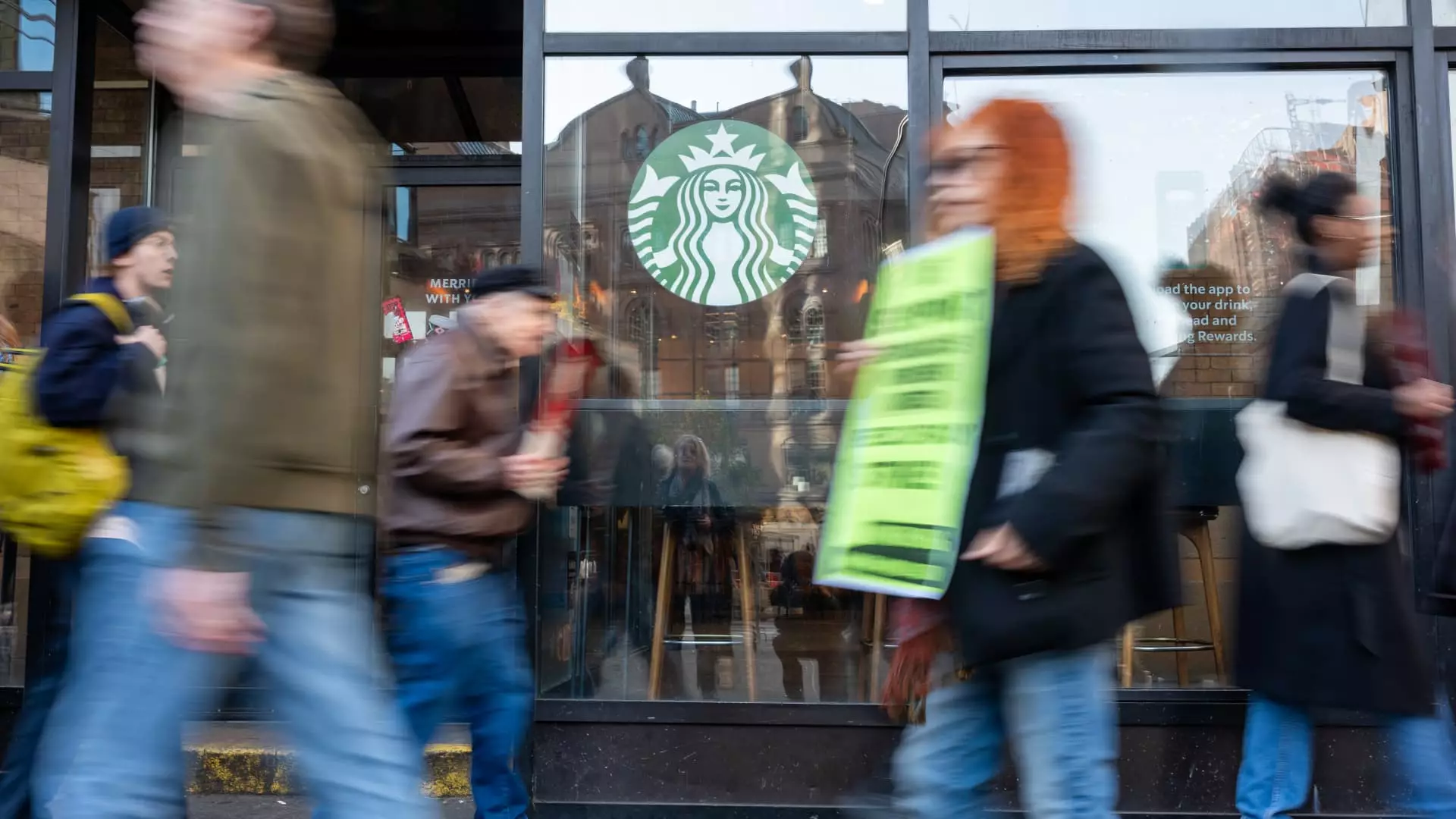When Starbucks and its baristas union resume contract bargaining this week, workers may have renewed momentum at their backs. This comes at a critical time for the coffee giant, as it recently reported a challenging quarter with a 3% decrease in U.S. same-store sales and a 7% drop in traffic. As a response, the company had to cut its 2024 forecast due to the cautious consumer spending behavior it was witnessing. CEO Laxman Narasimhan acknowledged the need for improvements in stores after identifying troubling trends such as high rates of incomplete mobile app orders and a decrease in occasional customers. These challenges that Narasimhan mentioned align with the issues that union workers have been advocating for to create a more stable and satisfying work environment in Starbucks stores.
The union organizing efforts that began approximately three years ago have gained significant traction, especially after more than 430 unionized stores and two chief executive changes. The recent contract bargaining sessions have shown “significant progress,” indicating a growing optimism around addressing the concerns raised by the workers. Michelle Eisen, a Workers United delegate, expressed optimism about the CEO’s acknowledgment of the issues faced by the stores and his commitment to improving the situation. This new approach from Starbucks’ leadership could signal a positive shift in the way the company deals with its workers and their demands.
Staffing and scheduling have emerged as the top priorities for union-represented partners in internal surveys and bargaining committee meetings. Many partners have reported consistently working short-staffed and receiving fewer hours than desired. The push for better pay and benefits has also been a key focus for the union. While Starbucks claims to have made progress in staffing and scheduling over the past two years, there is still room for improvement, especially in ensuring more stable and consistent schedules for the partners. With an anticipated increase in traffic and orders, staffing improvements will be crucial for the company’s overall success.
Starbucks plans to introduce new initiatives like opening up its mobile order and pay app to non-rewards members to attract back occasional customers. Additionally, the introduction of the Siren System, which includes new equipment and protocols to reduce customer ticket times, will help streamline operations and improve customer service. The focus on technology and equipment upgrades demonstrates Starbucks’ commitment to enhancing the overall store experience for both customers and partners.
Former CEO Howard Schultz’s recent comments on the need for management to spend more time with workers to understand their challenges point to a crucial aspect of improving working conditions at Starbucks. Schultz’s emphasis on a customer-centric approach and the importance of focusing on the in-store experience highlights the need for a strategic shift in the company’s operations. CEO Laxman Narasimhan’s mentorship under Schultz and his hands-on experience as a barista before taking on the CEO role signify a deep understanding of the challenges faced by Starbucks partners.
Starbucks’ efforts to address the concerns raised by its workers and improve working conditions in its stores are crucial for the company’s long-term success. By listening to the voices of its employees, implementing technology-driven solutions, and fostering a culture of collaboration, Starbucks can create a more positive and sustainable work environment for its partners. The ongoing contract negotiations between Starbucks and the union present an opportunity for both parties to work together towards a common goal of fostering a supportive and rewarding workplace for all involved.

